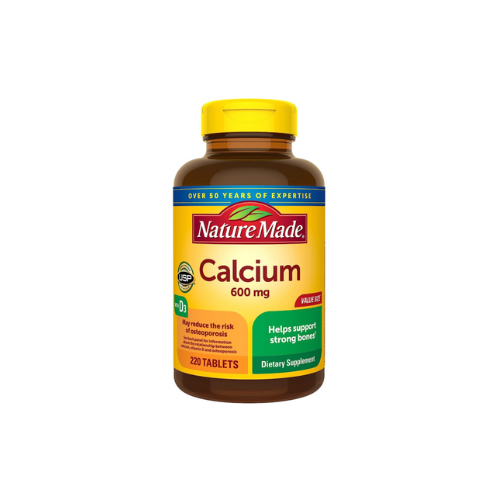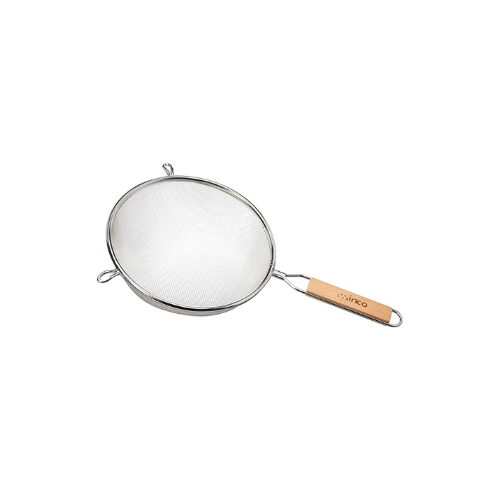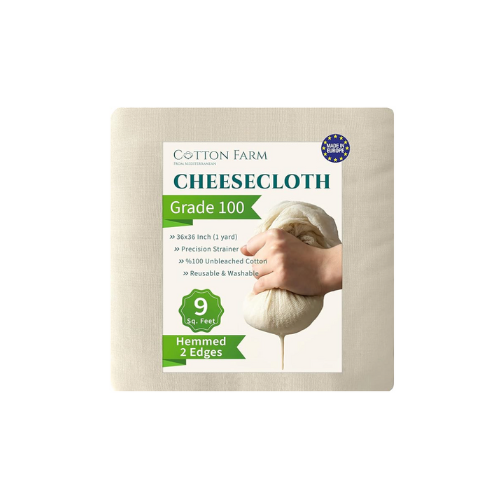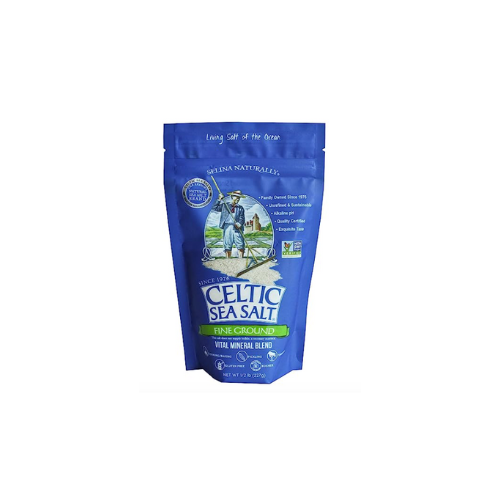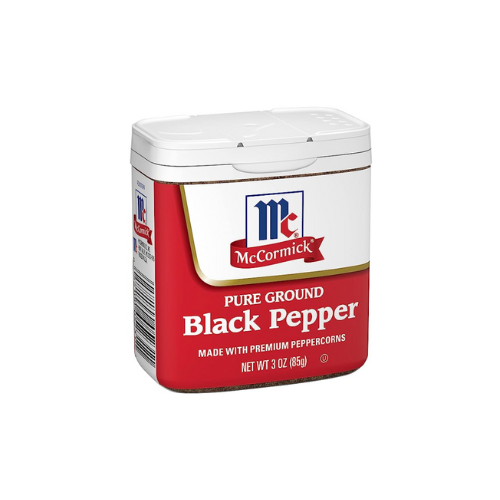How to Make Homemade Bone Broth
Ultimate Guide for Carnivore Diet Enthusiasts
Bone broth has long been revered for its rich nutritional profile and health benefits, particularly within the carnivore diet community. As a cornerstone of this meat-centric eating plan, bone broth not only harnesses the virtues of animal bones and connective tissues but also supports the diet's philosophy of nose-to-tail consumption. It is a warm, soothing liquid packed with collagen, amino acids, and minerals that are released from bones through the process of slow simmering.
Making homemade bone broth for the carnivore diet is a simple, yet patient endeavor—a culinary practice as old as time now embraced by modern health enthusiasts. This broth, primarily made by simmering bones for an extended period, serves as a multipurpose base for adding depth to dishes or enjoyed on its own as a nourishing drink. The method encourages the use of beef, pork, chicken, or fish bones, which are typically roasted first to intensify the flavor before being submerged in water and cooked at a low temperature to extract maximum nutrients.
While commercial bone broths are readily available, homemade versions offer a personal touch, allowing the cook to control the quality of ingredients and the cooking time, which is often a full day or more. The result is a clear, deeply flavored liquid that can be enjoyed on its own or as a powerful ingredient in other recipes. Whether for its purported health benefits, such as supporting joint, skin, and gut health or for its role in a sustainable, whole-animal approach, homemade bone broth stands out as a staple in the carnivore diet.
Understanding Bone Broth
Bone broth is a nutritious liquid made by simmering animal bones and connective tissues. It is an integral part of the carnivore diet and is known for its rich content of minerals, proteins, and amino acids. The slow cooking process releases beneficial nutrients such as collagen and gelatin from the bones and cartilage into the broth.
Nutrient Composition:
Protein: Essential for muscle and tissue repair.
Collagen: Contributes to skin elasticity and joint health.
Gelatin: Formed from collagen, supports digestive health.
Minerals: Includes calcium, magnesium, and potassium.
Amino Acids: Glycine aids in sleep and supports liver detox, while glutamine helps reduce joint pain and arginine has anti-inflammatory properties.
Marrow and knuckle bones are particularly used for their high levels of bone marrow and collagen-rich connective tissues, respectively. These components give the broth an impressive nutrient profile beneficial for health.
Health Benefits:
Joints: Supports joint health due to its collagen content.
Inflammation: Contains amino acids like arginine that have anti-inflammatory effects.
Sleep: Glycine in the broth can improve sleep quality.
The presence of electrolytes such as potassium helps maintain proper fluid balance in the body. Bone broth is a low-calorie source of these vital nutrients, making it a valuable addition to the carnivore diet. Regular consumption of bone broth can provide the body with essential nutrients traditionally lacking in a meat-only diet, supporting overall well-being.
For the most extensive selection, I suggest buying collagen, calcium, magnesium, and potassium online!
Benefits of the Carnivore Diet
The Carnivore Diet, centered around the consumption of animal products, is touted for its potential health benefits, particularly in the context of its nutrient density. As its name suggests, the diet focuses on meat as the primary food source, providing high levels of protein which is essential for muscle maintenance and overall bodily functions.
Skin health may see improvements on this diet due to the avoidance of sugar-laden and processed foods, which can trigger inflammation and impact skin negatively. Instead, the emphasis is placed on meat, which lacks these inflammatory agents and does not contribute to skin irritation.
The diet's high-protein intake underscores another key advantage: satiation and muscle growth. Protein is known for its ability to induce a feeling of fullness, which can aid in weight management. For those engaged in regular physical activity, the protein and fat from a carnivore diet support muscle repair and growth.
A strict carnivore diet provides nutrient-dense foods, delivering a variety of essential vitamins and minerals. Below is a list of nutrients commonly found in animal products:
Vitamin B12: Crucial for nerve function and blood cell production.
Iron: Essential for blood health, particularly heme iron from red meat, which is easily absorbed.
Zinc: Important for immune function and wound healing.
By eliminating plant-based foods, proponents believe the diet reduces systemic inflammation by dodging anti-nutrients and fiber, which can be irritative to some digestive systems. This reduction in inflammation could thereby translate to an overall improvement in health and well-being for certain individuals who adhere to the carnivore diet.
Selecting the Right Ingredients
When preparing homemade bone broth for individuals following a carnivore diet, selecting high-quality ingredients is paramount. The types of bones used, and the incorporation of certain flavor-enhancing elements despite dietary restrictions are crucial considerations.
Choosing Bones
Beef: Choose grass-fed beef bones for their rich flavor and nutrient profile, including oxtail, knuckles, and marrow bones.
Chicken: Opt for organic chicken bones; necks and feet are excellent for their high collagen content.
Lamb & Pork: Lamb and pork bones are also suitable; look for bones with a good amount of meat and connective tissues.
Selecting bones from grass-fed or organically raised animals is of great importance. They tend to have a better nutrient density due to the animals' healthier diet and living conditions. The combination of marrow bones and ones with connective tissues, such as joints and feet, often results in a broth with a more complex flavor and higher collagen content.
Herbs and Vegetables for Flavor
While the carnivore diet typically excludes plant-based ingredients, some individuals may choose to include certain herbs and vegetables for flavor. For those who incorporate these:
Vegetables: Common options like celery, onion, garlic, and carrot can be used sparingly.
Herbs: Fresh herbs such as parsley or thyme can enhance the broth's aroma and depth of flavor.
It's important to note that carnivore diet adherence varies, and some may choose to avoid these ingredients entirely to stay within the diet's strict animal-only framework.
The Role of Vinegars
Adding vinegar to the broth making process is a traditional step believed to aid in extracting nutrients from the bones.
Vinegar Types: Apple cider vinegar is a popular choice, with raw apple cider vinegar preferred by some for its potential health benefits.
Usage: A small amount of vinegar, such as one to two tablespoons per gallon of water, is typically sufficient without overwhelming the broth's natural flavors.
The acid in vinegars helps to leach minerals such as calcium and phosphorus from the bones into the broth, enhancing its nutritional value. When selecting vinegar, one should look for high-quality, unfiltered varieties to maximize the health benefits while keeping in line with the carnivore diet principles.
Skip the lines and order your apple cider vinegar online for a stress-free shopping experience!
Preparation & Cooking Techniques
In crafting a nourishing bone broth, optimal flavor and nutrient extraction are paramount. Roasting bones prior to simmering is a crucial step, and skimming during simmering is key to achieving a clear broth.
Roasting for Depth of Flavor
To begin, preheat the oven to 450 degrees Fahrenheit. Roasting the bones is essential for developing a rich, deep flavor in the broth. One should lay the bones in a single layer on a roasting pan, avoiding the use of oils or butters. Roast them for approximately 30 minutes until they achieve a golden brown hue.
Simmering to Extract Nutrients
Once roasted, transfer the bones to a large stock pot or use a slow cooker or Instant Pot for convenience. Fill the vessel with water, ensuring the bones are fully submerged. Adding a splash of vinegar can help in extracting nutrients from the bones. Bring the water to a boil and then reduce the heat to maintain a low heat for simmering. Beef bones typically require about 24 hours of simmering, while chicken bones need 12 to 18 hours.
Take advantage of the wide variety of online options when shopping for slow cooker!
Skimming for Clarity
During the first few hours of simmering, periodically skim off the foam that forms on the surface. This step is not about flavor, but about clarity—a clear broth is often more appealing and indicative of careful preparation. The skimming process should focus on the early stages of cooking, usually every 15 to 20 minutes or so, as foam accumulates.
Prep Time: 10 minutes (excluding preheat)
Cook Time: Up to 24 hours for beef, 12-18 hours for chicken
Total Time: 24 hours and 10 minutes to 48 hours and 10 minutes, depending on the bones used.
Finishing the Broth
After a lengthy simmering process, the final steps are crucial to ensure that the carnivore diet bone broth is both tantalizing and nutritionally intact. It requires careful straining and appropriate cooling for safe storage.
Straining the Broth
One should first remove the larger bones and pieces with tongs, making the straining process more manageable. Following this, the finer particles need to be strained out to achieve a clear broth. Placing a fine-mesh strainer over a large bowl and lining it with cheesecloth can effectively filter out remaining solids. Pour the broth through this setup to ensure a smooth, particulate-free liquid. This step is essential as it impacts the final clarity and texture of the broth.
Enjoy the convenience of doorstep delivery when you buy fine-mesh strainer and cheesecloth online!
Cooling and Storing
Immediately after straining, the broth should be allowed to cool to prevent bacterial growth. Use an ice bath to expedite this process, placing the container of broth in a larger basin filled with ice and water. Stirring occasionally can help to cool the liquid evenly.
When the broth reaches room temperature, it can be transferred to glass jars for storage. Glass is preferred due to its non-reactive nature, ensuring the taste and quality of the broth remain unchanged. The jars should be sealed tightly and stored in the refrigerator if they are to be used within a few days or in the freezer for long-term storage. Ensure to leave some space at the top of each jar if freezing, to accommodate for the expansion of liquid as it freezes.
Online shopping for glass jars is the smart choice for a seamless transaction!
Usage of Bone Broth
Bone broth, rich in nutrients and health benefits, can be seamlessly integrated into one’s carnivore diet. It not only enriches meals with its flavor but also serves as a nutrient-dense supplement.
Incorporating into Meals
One can enhance a variety of dishes by adding bone broth. Soup and stew recipes gain depth of flavor and added nutrition when bone broth is used as the base. It can also serve as the cooking liquid for braising meats, contributing to a tender and flavorful result. In the preparation of sauces and gravies, bone broth provides a more complex taste profile compared to water or conventional broths. Traditional carnivore-friendly dishes such as pho can be elevated both in taste and nutrient profile when bone broth is utilized.
Bone Broth as a Supplement
Aside from culinary uses, bone broth stands out as a powerful dietary supplement. Consumed on its own, it can be a warm, soothing beverage that provides a range of health benefits. The collagen and amino acids present in bone broth aid in skin, hair, and nail health, while the electrolytes like potassium and magnesium support hydration and overall well-being. Considering its nutritional value, incorporating bone broth into one's diet can contribute to ensuring one's intake of various nutrients is adequate, complementing the meat-centric focus of the carnivore diet.
Tips and Variations
When making homemade bone broth, it's essential to consider ways to enhance the flavor and nutrition profile without straying from the carnivore diet, as well as how to adapt the recipe to suit various dietary needs.
Enhancing Taste and Nutrition
Salt and Pepper: A pinch of salt and pepper can greatly enhance the natural flavor of bone broth. Start with a conservative amount, as the broth concentrate's flavor intensifies upon reducing.
Thyme: Adding a sprig of thyme can infuse the broth with subtle herbal notes, complementing the rich meatiness without overpowering it.
Optional Ingredients: While strict carnivore dieters avoid vegetables, some may choose to include them for flavor. For a compromise, one might infuse the broth with vegetables during cooking and remove them before consuming.
I always prefer buying salt and pepper online because of the added convenience!
Variations for Different Diets
Carnivore Diet: Stick to bones, optional connective tissues, and high-fat cuts for more gelatin and nutrients. Avoid any plant-based ingredients.
Dairy-Free: Ensure no dairy products are used; bone broth naturally aligns with dairy-free requirements.
Herbs: Those who are not strictly carnivore may opt for herbs like thyme or rosemary for added flavor, but it's important to be selective and minimalistic to suit taste preferences and dietary restrictions.



